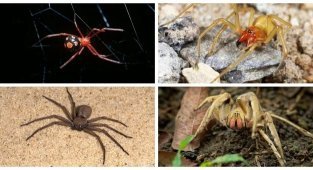Kipling's Bagheera: The world's only herbivorous spider and its endless confrontation with ants (8 photos)
Look at the name of the species, and now at the photo. Again on the name of the species, and again on the photo. Yes, it's a spider named Bagheera! Of course, the discoverer has the right to name the animal as he pleases. But was there really no more suitable name for the one-of-a-kind vegetarian spider? 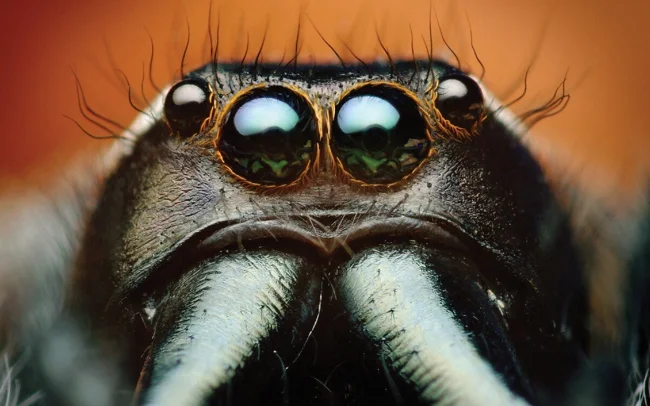
Kipling's Bagheera does not live up to its name on any point. See for yourself: the original character from The Jungle Book was a huge black panther and scared the Indian peasants. And our Central American friend is afraid even of his shadow, because he is only a centimeter tall. 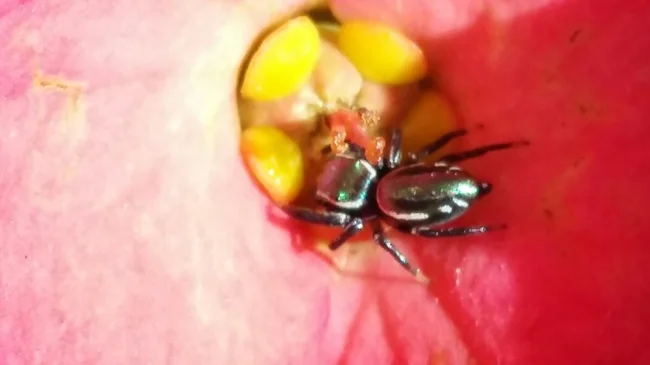
And it's also green! The dorsal part of the spider's cephalothorax is generously sprinkled with emerald paint. A stripe of the same color runs through the entire abdomen. Bagheer's favorite place to live is the bright, juicy leaves of the genus Vahelia. On them, the provocative coloring of the exoskeleton turns into a modest outfit that does not attract too much attention. 
The only pity is that it only saves from vertebrate predators. The main enemies of green spiders are ants of the genus Pseudomyrmex. They hate our heroes to the point of trembling in their mandibles and destroy them at the first opportunity. And, you know, they can be understood. 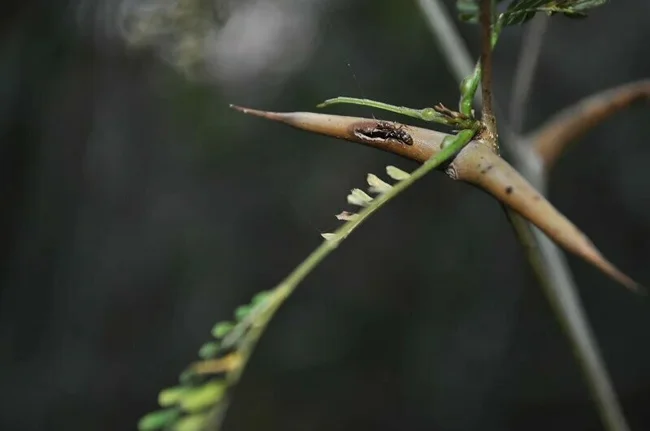
These ants entered into a mutually beneficial alliance with the Wahelia. Insects protect them from pests, and in return they receive comfortable cavities for life and a bribe in the form of belt bodies - special outgrowths of leaves rich in proteins and fats. Ants consider them their legitimate prey. But the bagheeras brazenly steal treats at every opportunity! 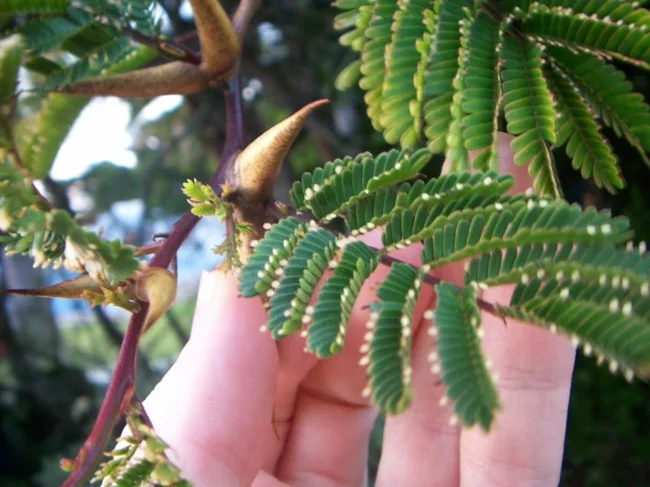
The white things are those delicious treats.
I will say more, the diet of our heroes consists of 90% Belt bodies. Cautious and dexterous arthropods use webs to escape from the ubiquitous and annoying ants. And they do it so well that up to 200 spiders can live on a tree! 
However, such cases are rare. Male Kipling's bagheer are very territorial creatures, having no problem devouring fellow creatures that enter their territory. What’s typical is that they don’t touch the ladies. They probably believe that an uneaten female is more amenable to sharing genetic materials.
The climate allows spiders to breed 365 days a year, so the species has a stable and constant influx of numbers. Usually, most of the spiderlings die before they molt, but the Bagheeras were able to significantly reduce the percentage of infant mortality: their females became quasi-social creatures. 
This is what the male looks like. It is slightly smaller, and its cephalothorax is noticeably wider than its abdomen.
This means that the ladies not only do not eat their children (which, by the standards of spiders, is already good), but also do not touch each other. Moreover, they can dump their clutches into one big pile and protect it collectively! A group of angry spider mothers lacks coordination, but small flocks of ants are easily destroyed by them. Mothers protect not only the eggs, but also the young spiderlings. And until they run away from the kindergarten themselves. Only then do the females leave their post. 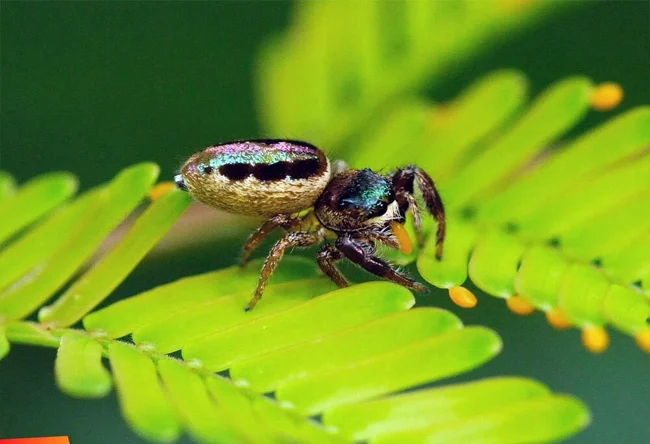
They seem to be spiders, but they do everything wrong: they steal leaves from ants and help each other. I can't help but remember Bagheera. The panther also acted uncharacteristically: it did not eat the arrogant and persistent little man, but became a very close friend. Was the name given for a reason?

